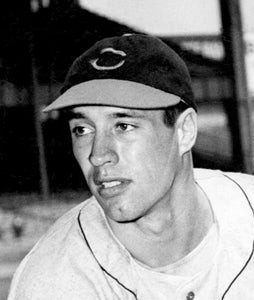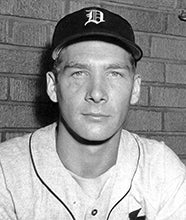- Home
- Our Stories
- Newhouser helps lift Cleveland to pennant in career revival
Newhouser helps lift Cleveland to pennant in career revival
After making just seven appearances in 1953, Hal Newhouser thought his big league career might be over.
But in 1954, Newhouser and the Cleveland Indians teamed up to make history.
On April 12, 1954 – after demonstrating during Spring Training that he was healthy – Newhouser signed with Cleveland. The deal marked a reunion for Newhouser and Indians general manager Hank Greenberg, who played with Newhouser with the Tigers in 1939-41 and 1945-46.
Hall of Fame Membership
There is no simpler, and more essential, way to demonstrate your support than to sign on as a Museum Member.
Official Hall of Fame Merchandise
Hall of Fame Members receive 10% off and FREE standard shipping on all Hall of Fame online store purchases.
The pair helped the Tigers win the 1945 World Series when Newhouser was at his peak, winning the second of back-to-back American League Most Valuable Player Awards.
“(Newhouser) will help us pitching-wise – and also because he’s a great guy and a great competitor,” Greenberg told the Associated Press.
A schoolboy sensation in Detroit, Newhouser signed with the Tigers as a teenager and made his big league debut late in the 1939 season at the age of 18. After four full seasons of learning to harness his fastball, Newhouser posted a campaign for the ages in 1944 – going 29-9 with a 2.22 ERA and an MLB-best 187 strikeouts. Since that season, only Denny McLain in 1968 has posted more wins (31) in one year.
In 1945, Newhouser and the Tigers were even better. Newhouser went 25-9 with a 1.81 ERA and 212 strikeouts – picking up the final win on the season’s final day to clinch the pennant.
Then in the World Series against the Cubs, Newhouser started three games – including Game 7 on just two days rest, striking out 10 in a complete game as Detroit won 9-3 to capture the title.
Proving his 1944-45 seasons were no war-years fluke, Newhouser went 26-9 with a 1.94 ERA and 275 strikeouts in 1946 as the big leagues returned to full strength. Newhouser narrowly missed becoming the first player to win three straight MVPs, falling just 27 points short of winner Ted Williams.
Newhouser enjoyed success over the next few years, leading the AL with 21 wins and winning 18 a year later before his workload began to take a toll. Averaging 295 innings a year from 1944-49, Newhouser went 15-13 with a 4.34 ERA and 87 strikeouts over 213.2 innings in 1950. Then over the next three years, Newhouser battled shoulder issues and won just 15 games.
On July 22, 1953, the Tigers released Newhouser.
“We were prone to pitch nine innings, win or lose, unless you were getting your brains beat out,” Newhouser said of a career that featured 212 complete games, “so we never looked for help.”
After joining the Indians in Spring Training following a meeting with Greenberg, Newhouser gave up six runs in his first exhibition start but then allowed just one run over his final 13 innings. With 200 wins, Newhouser trailed only Bob Feller (249) on the active wins list – but Cleveland opted to use Newhouser in a bullpen role. The decision bolstered Cleveland’s relief corps which featured rookies Don Mossi and Ray Narleski – and Newhouser shined with a 7-2 record, seven saves and a 2.51 ERA in 46.2 innings over 26 appearances.
Cleveland won 111 games and the AL pennant before falling to the Giants in the World Series. But the magic faded in 1955 as he pitched only two games before being released on May 11. He would not pitch in the big leagues again.
Finishing his career with a record of 207-150, Newhouser scouted for several teams during the next four decades. He was elected to the Hall of Fame in 1992.
Craig Muder is the director of communications for the National Baseball Hall of Fame and Museum
Related Stories
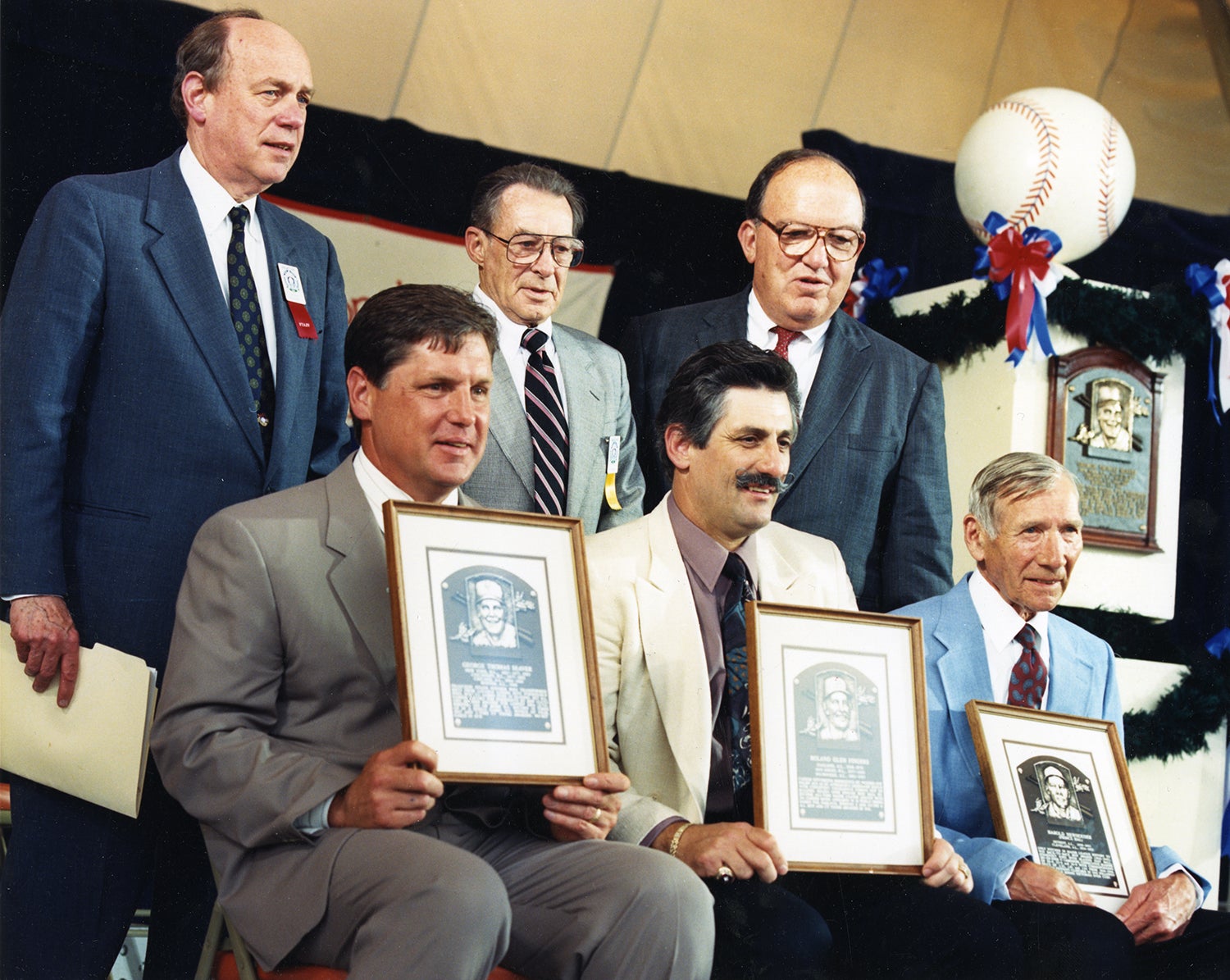
Fingers, McGowan, Newhouser and Seaver are inducted into the Hall of Fame

Tigers move first baseman Hank Greenberg to the outfield
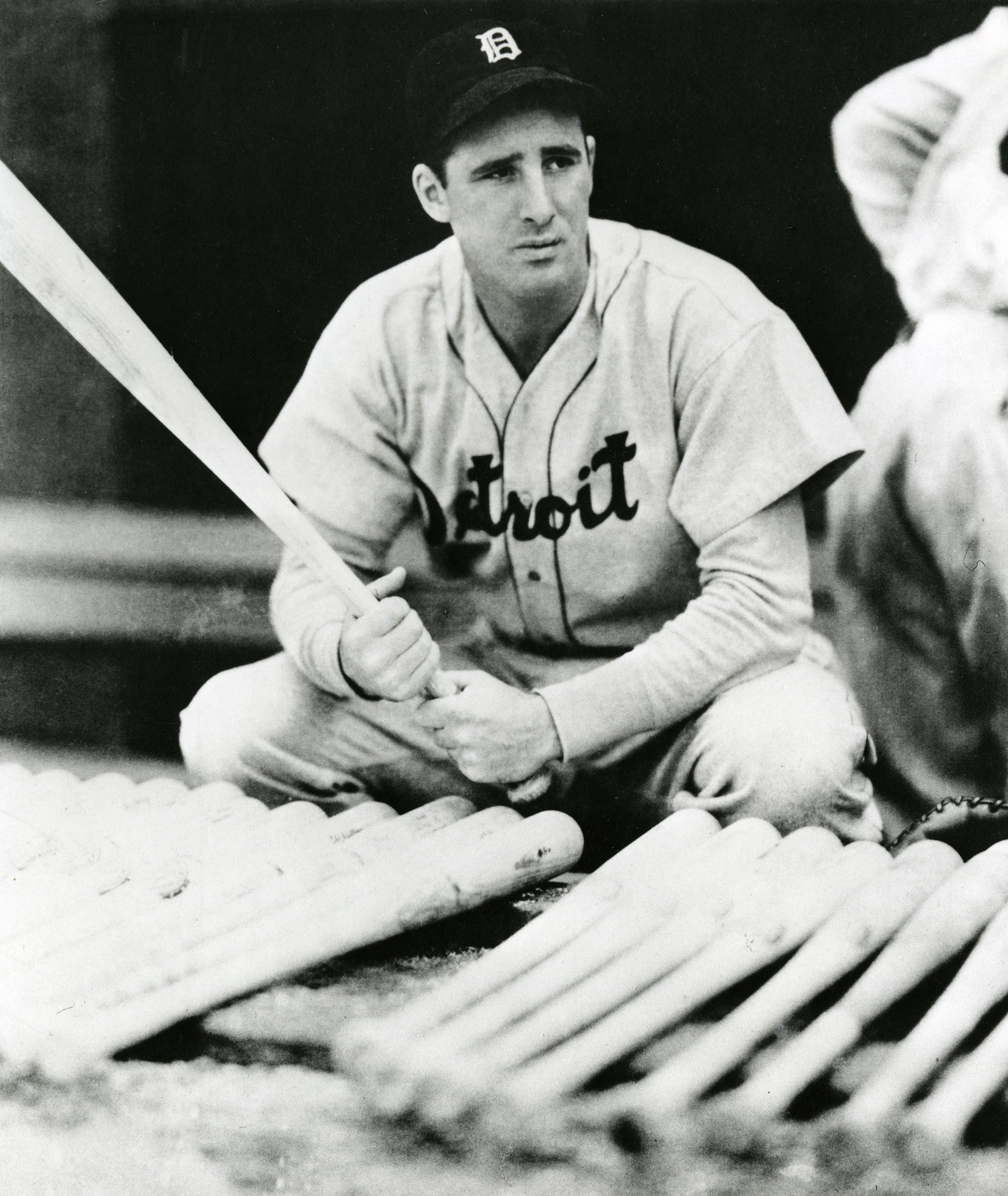
Greenberg’s first big contract proved to be a bargain
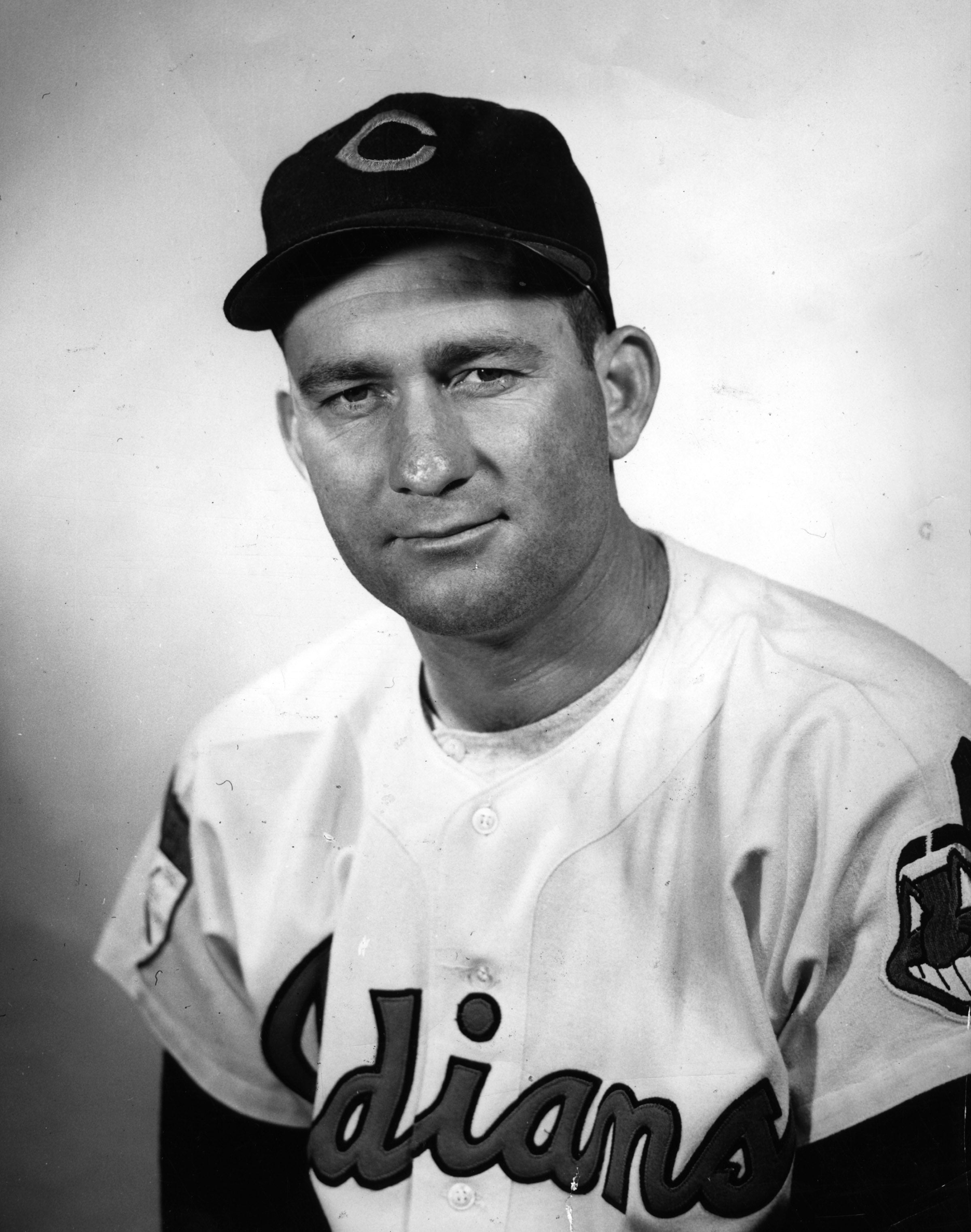
Lemon made history on mound with Indians
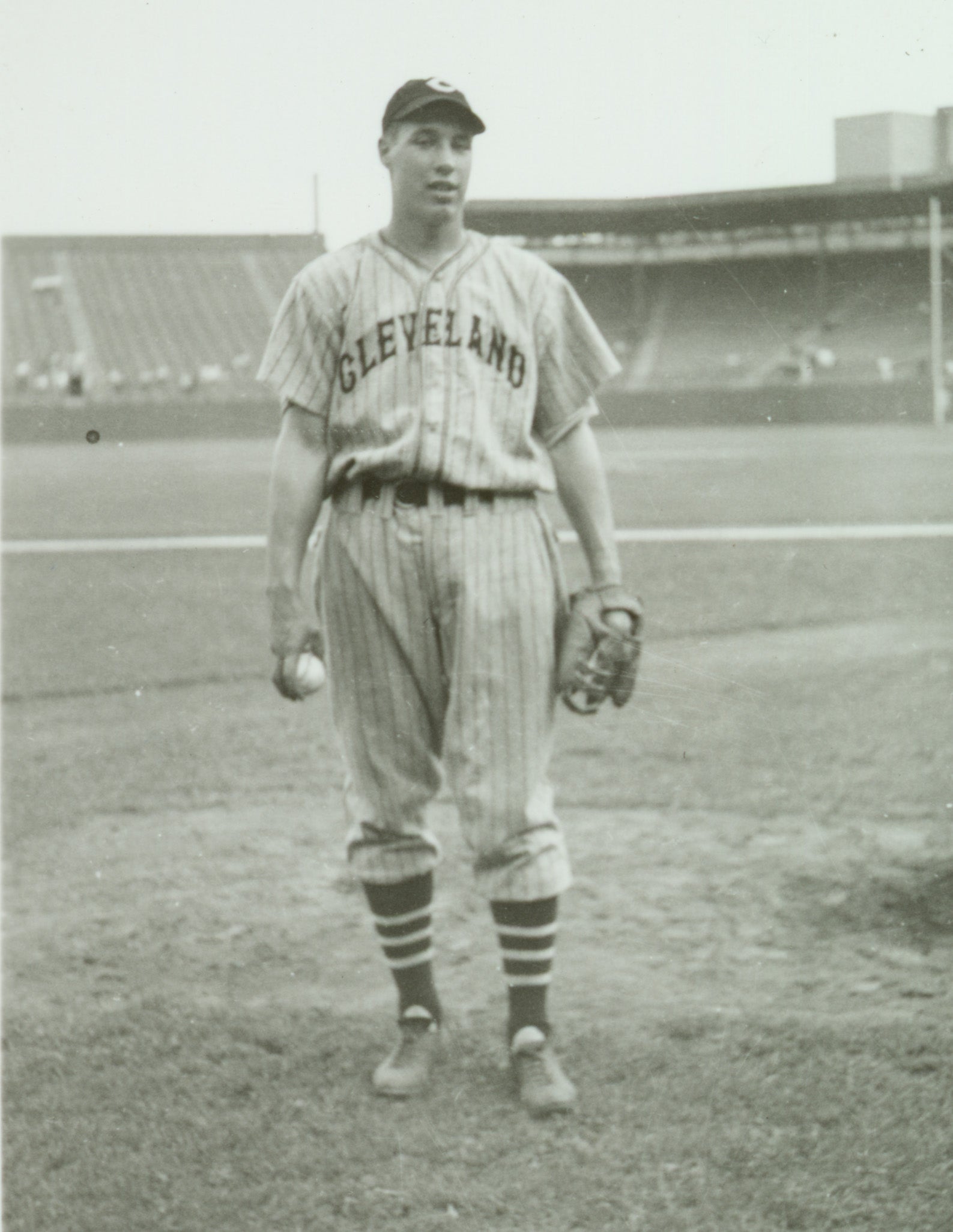
Feller Ks 12 in return from military service
Related Stories

#GoingDeep: Reflections on World War II

Final call: Legends thrive on season's last day

Final call: Legends thrive on season's last day

Film Fest a hit for fans, filmmakers

1946 Hall of Fame Game

Newhouser helps lift Cleveland to pennant in career revival

Lou Boudreau Hits a Lead-Off Home Run in All-Star Game

Boudreau’s heroics lead Cleveland to title

Goslin’s walk-off clinches Tigers’ first title

The Return of Hank Greenberg
Hall to Honor Curt Flood’s Legacy, World War II Players during Awards Presentation at HOF Weekend
01.01.2023




